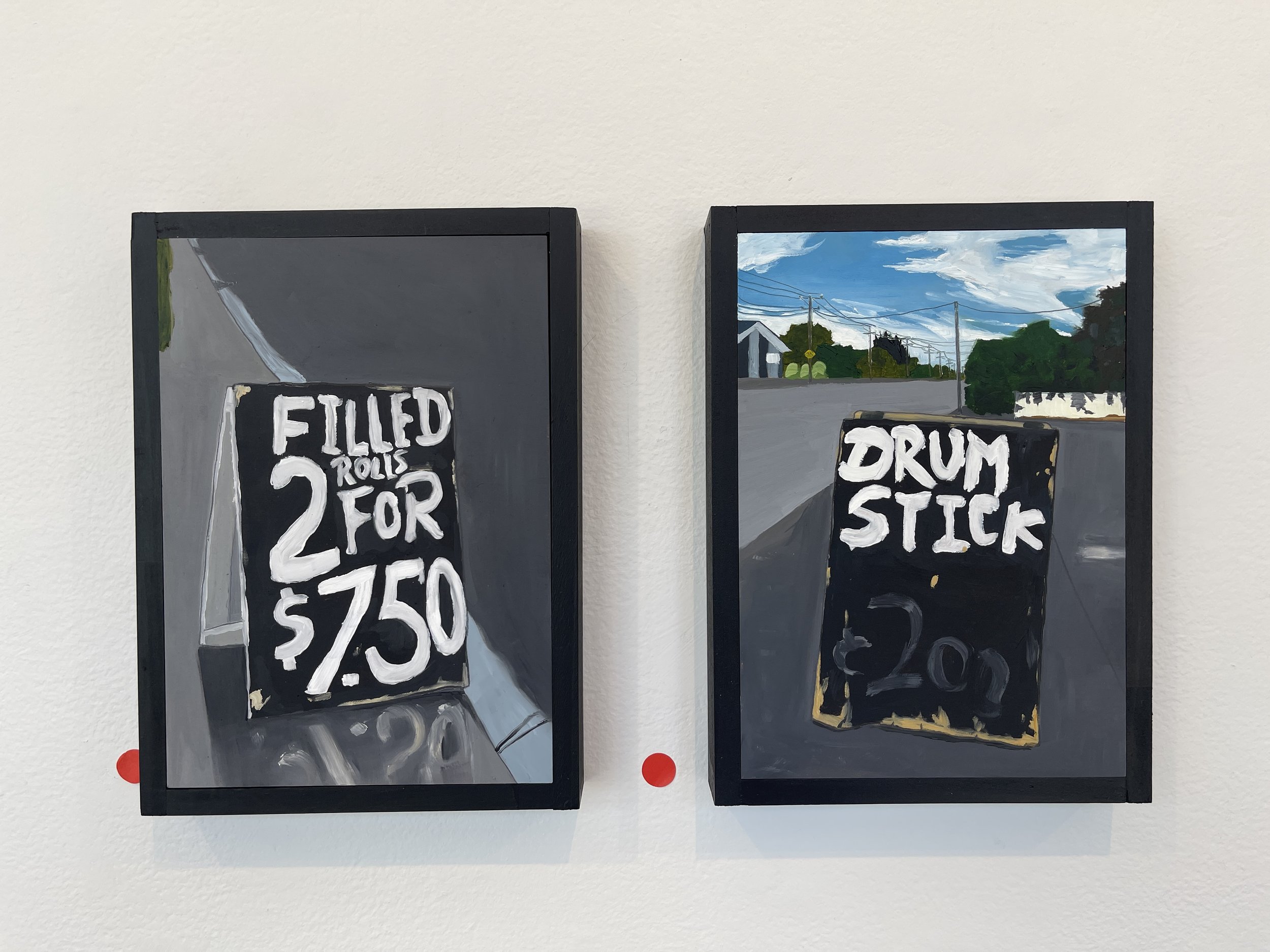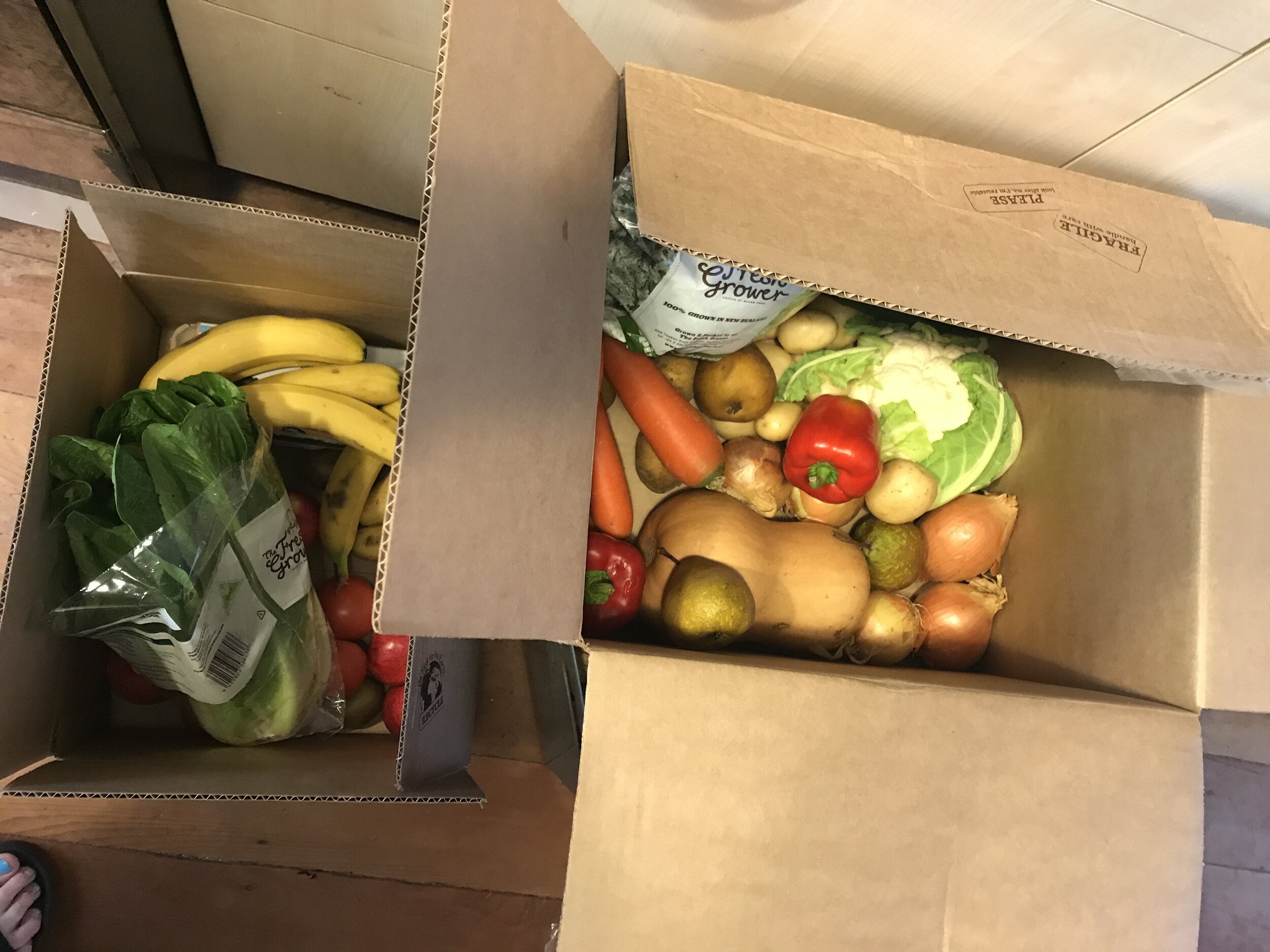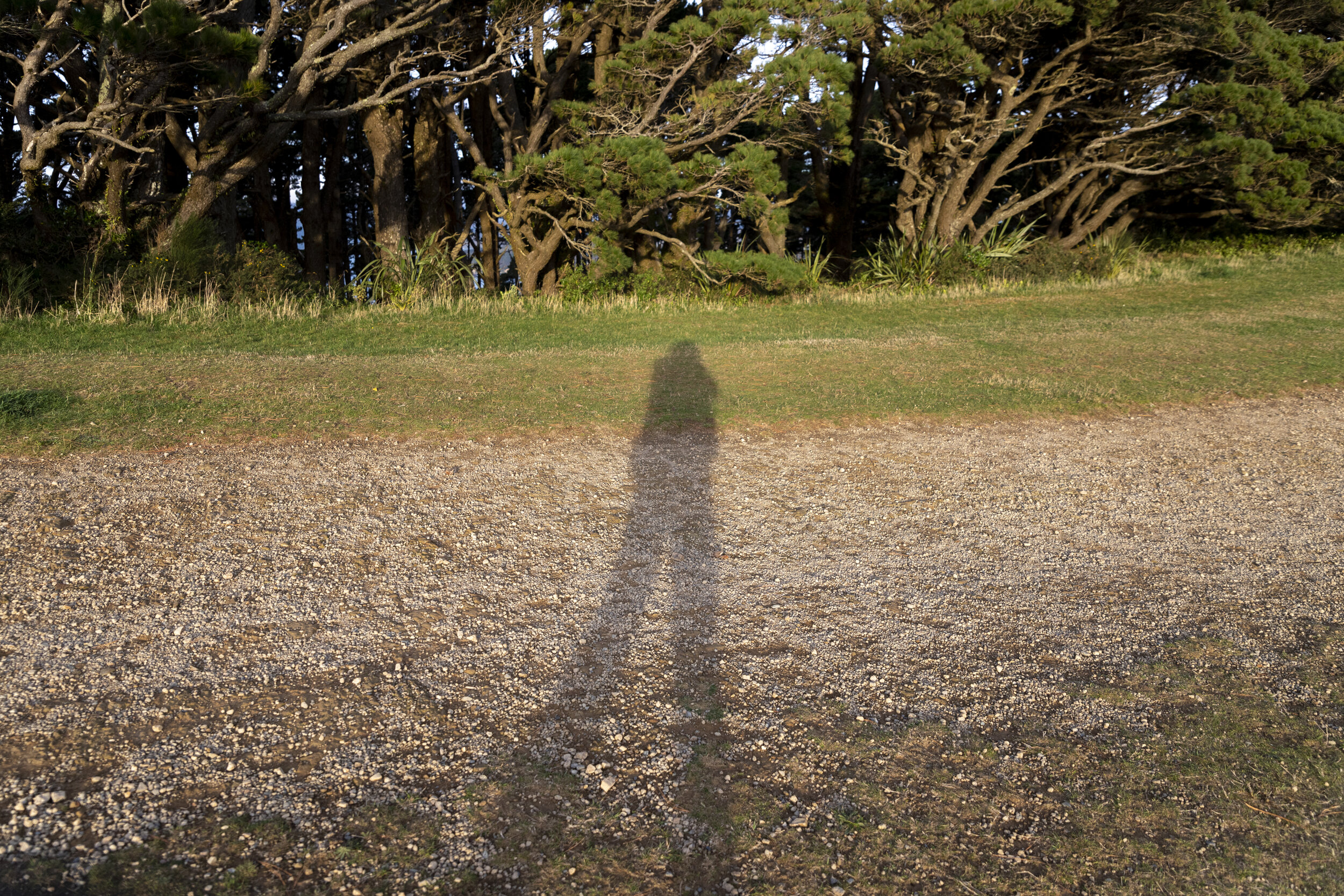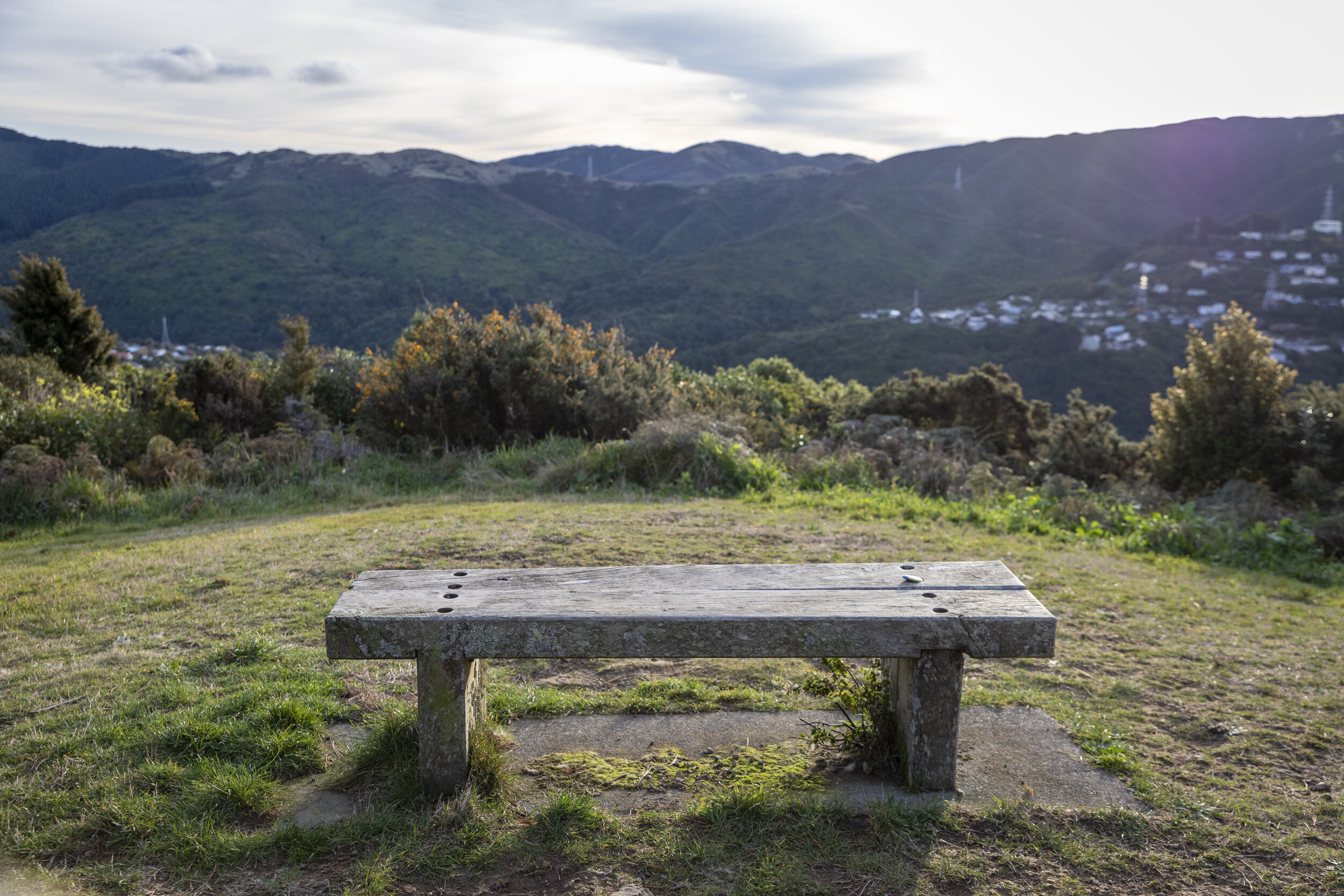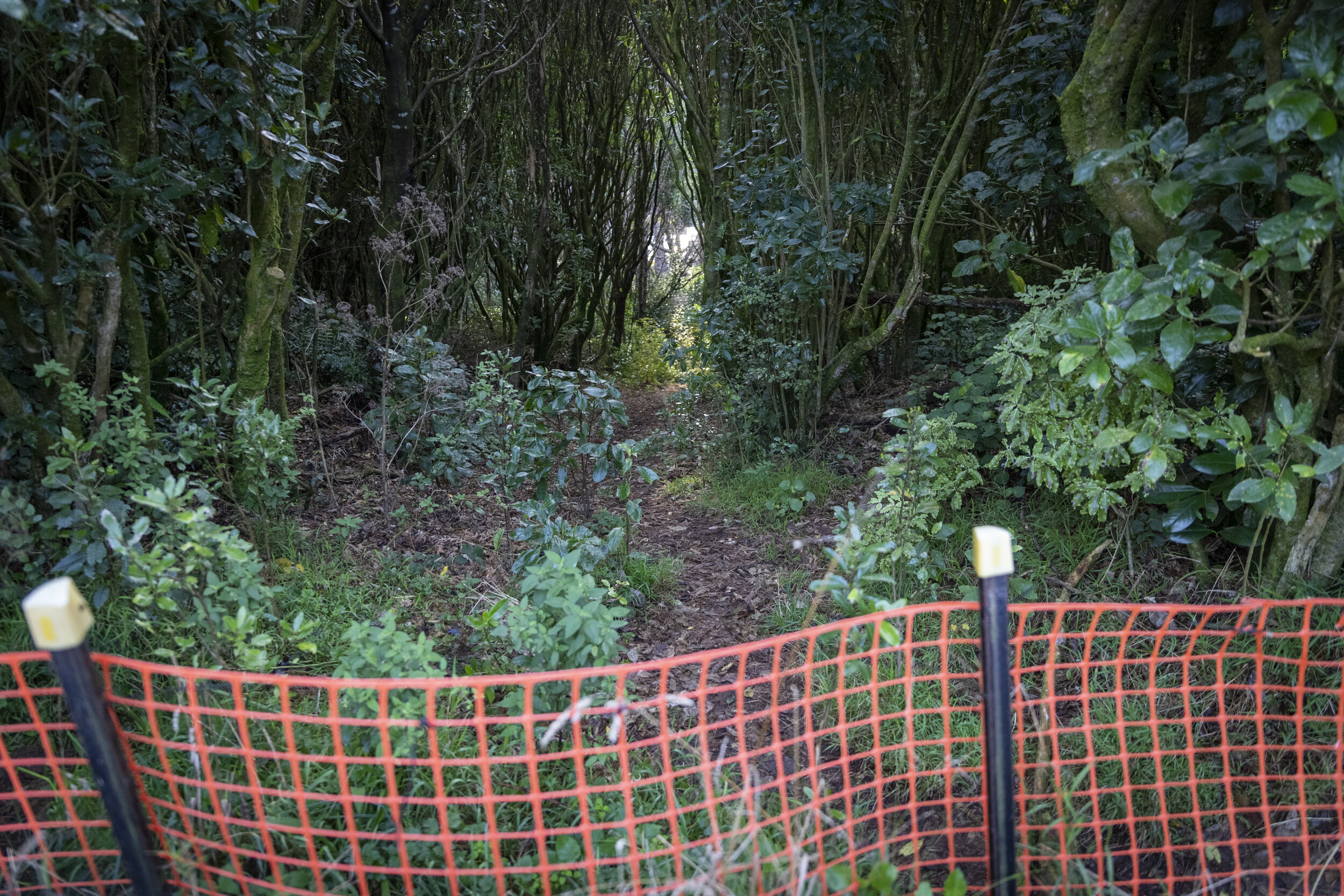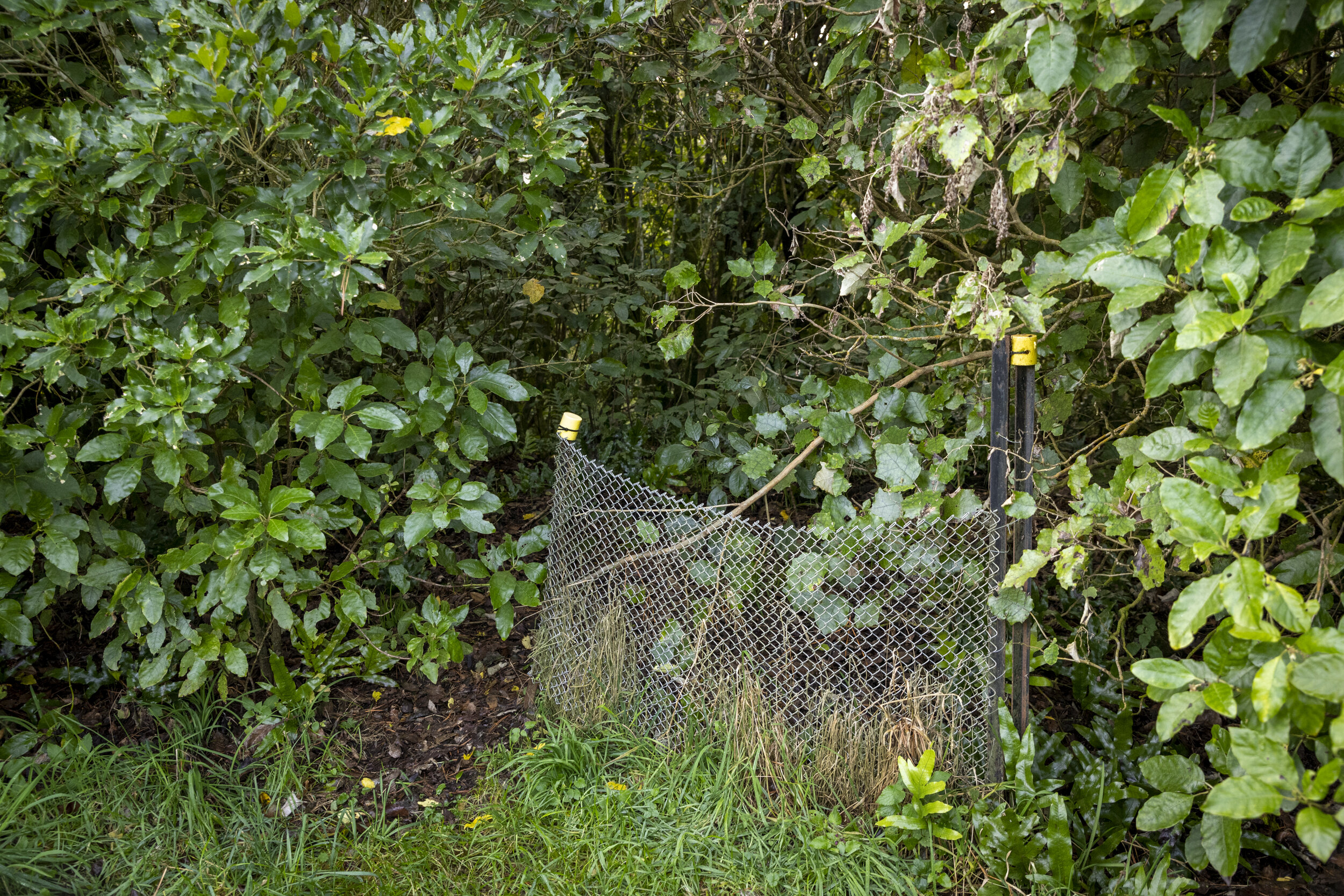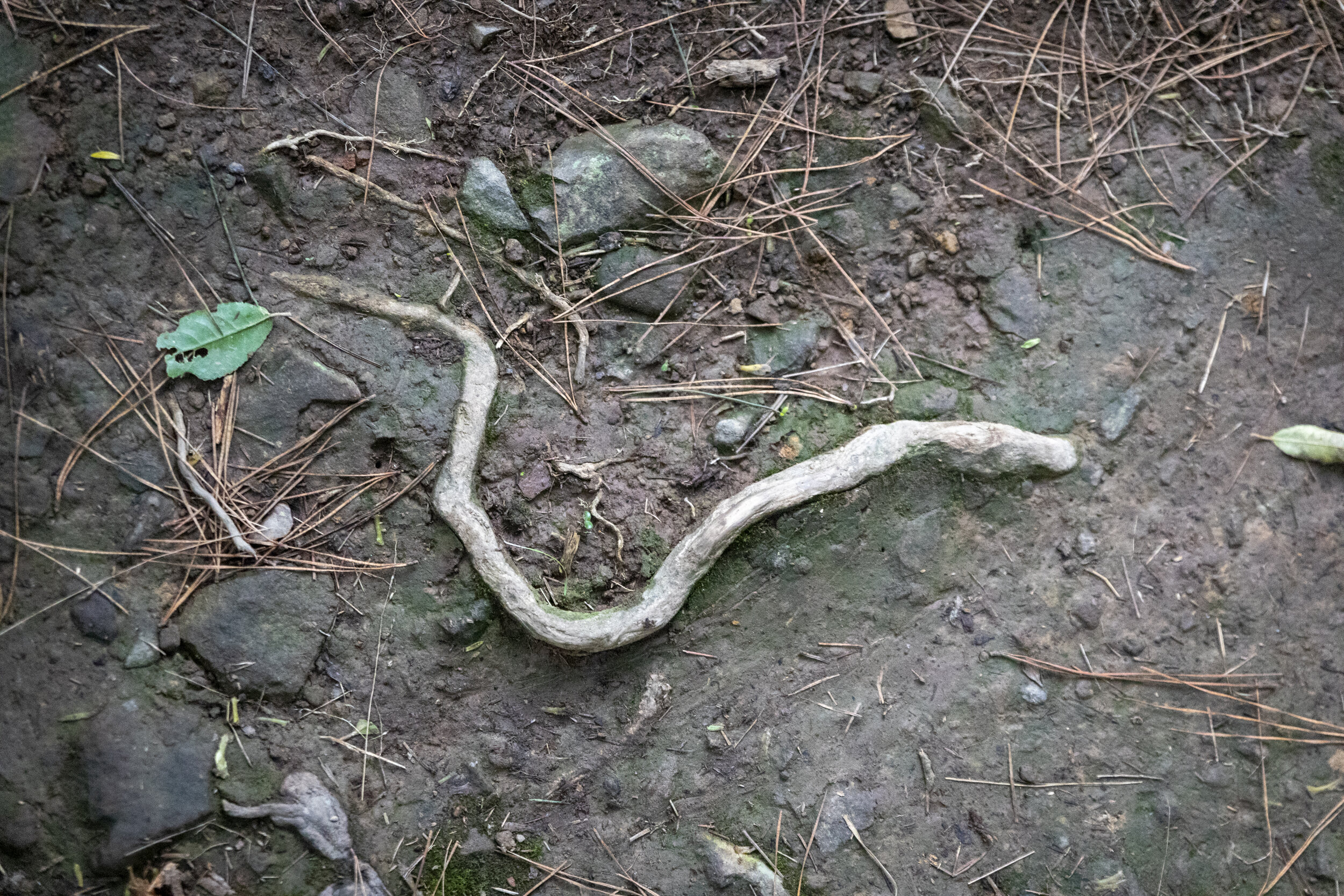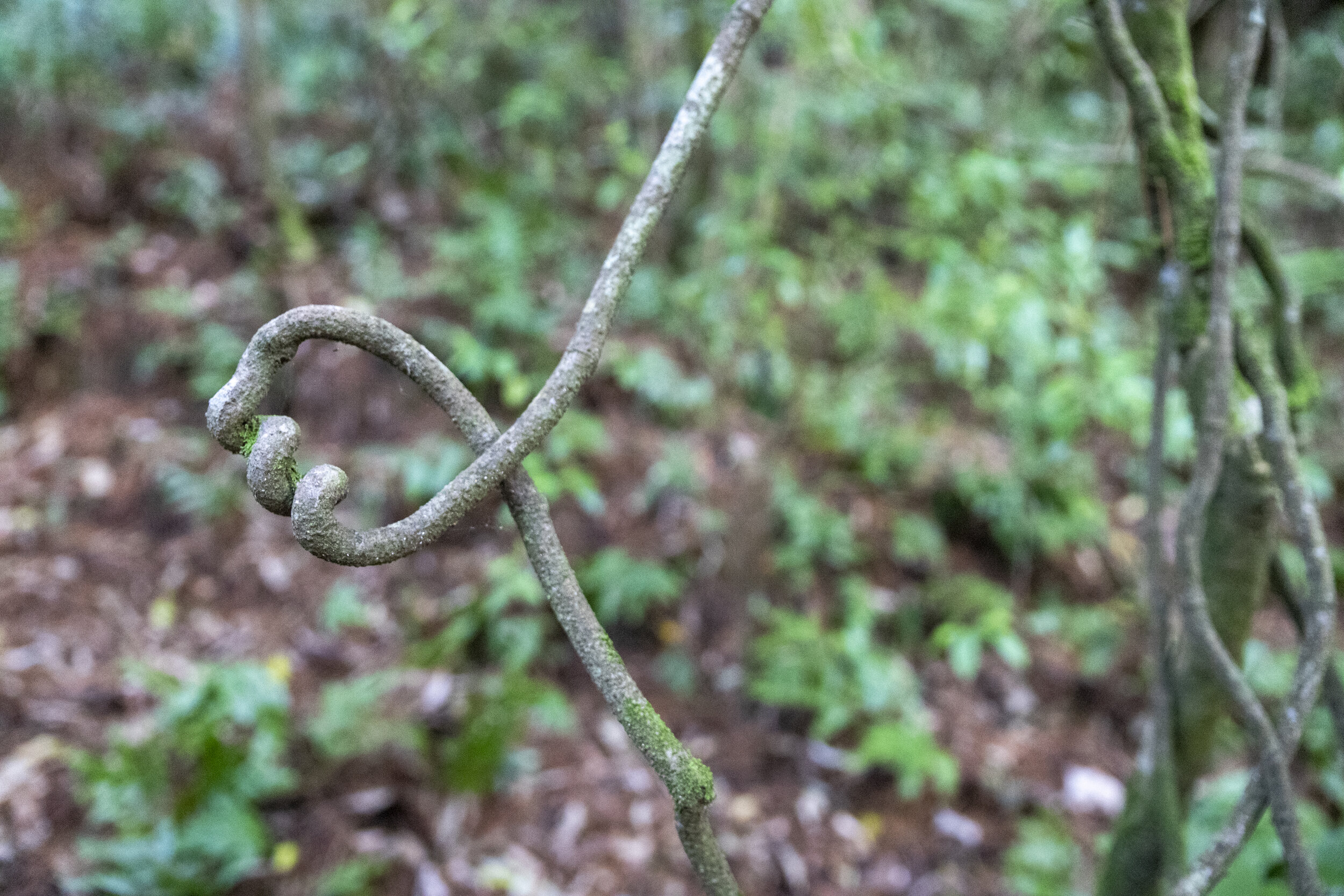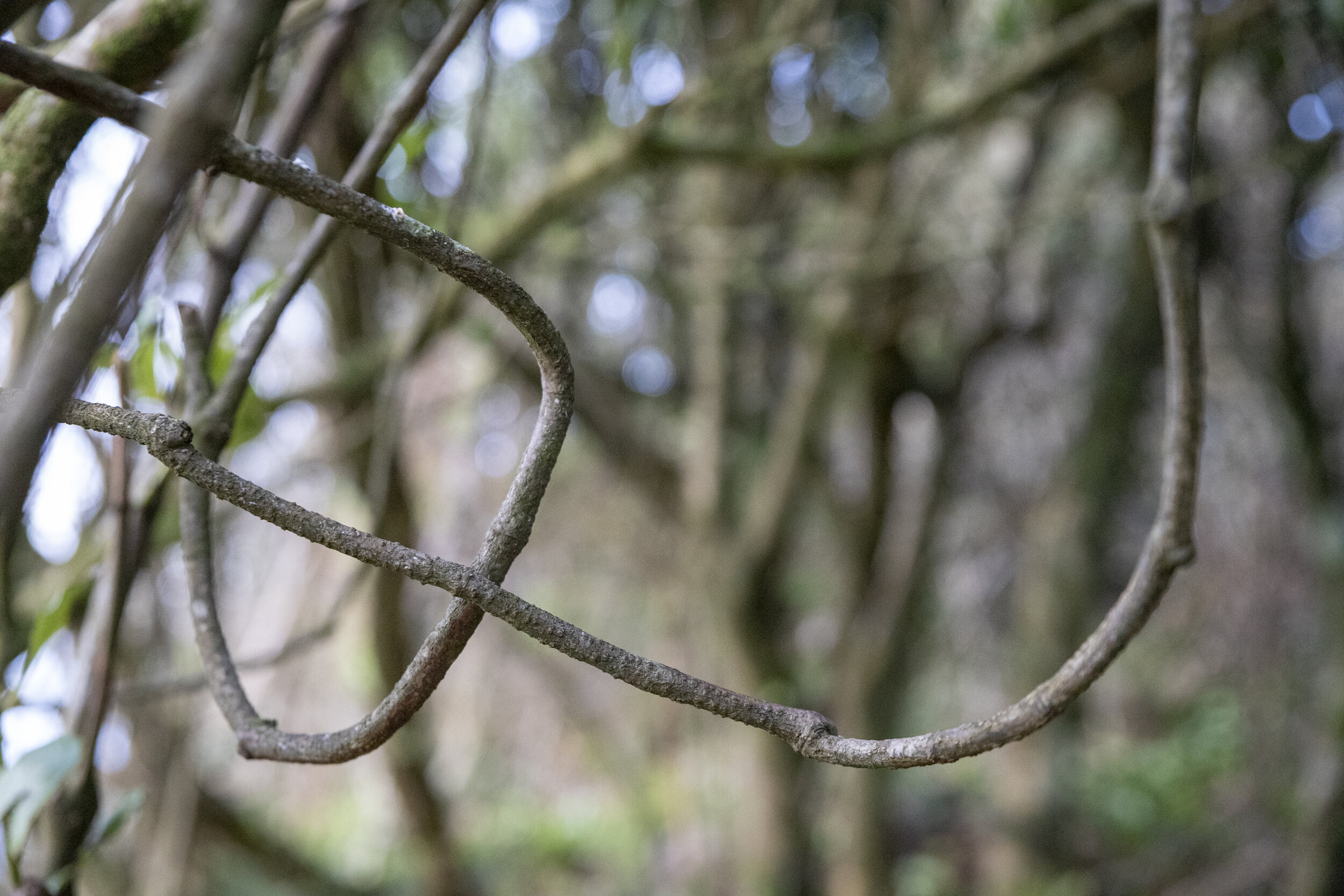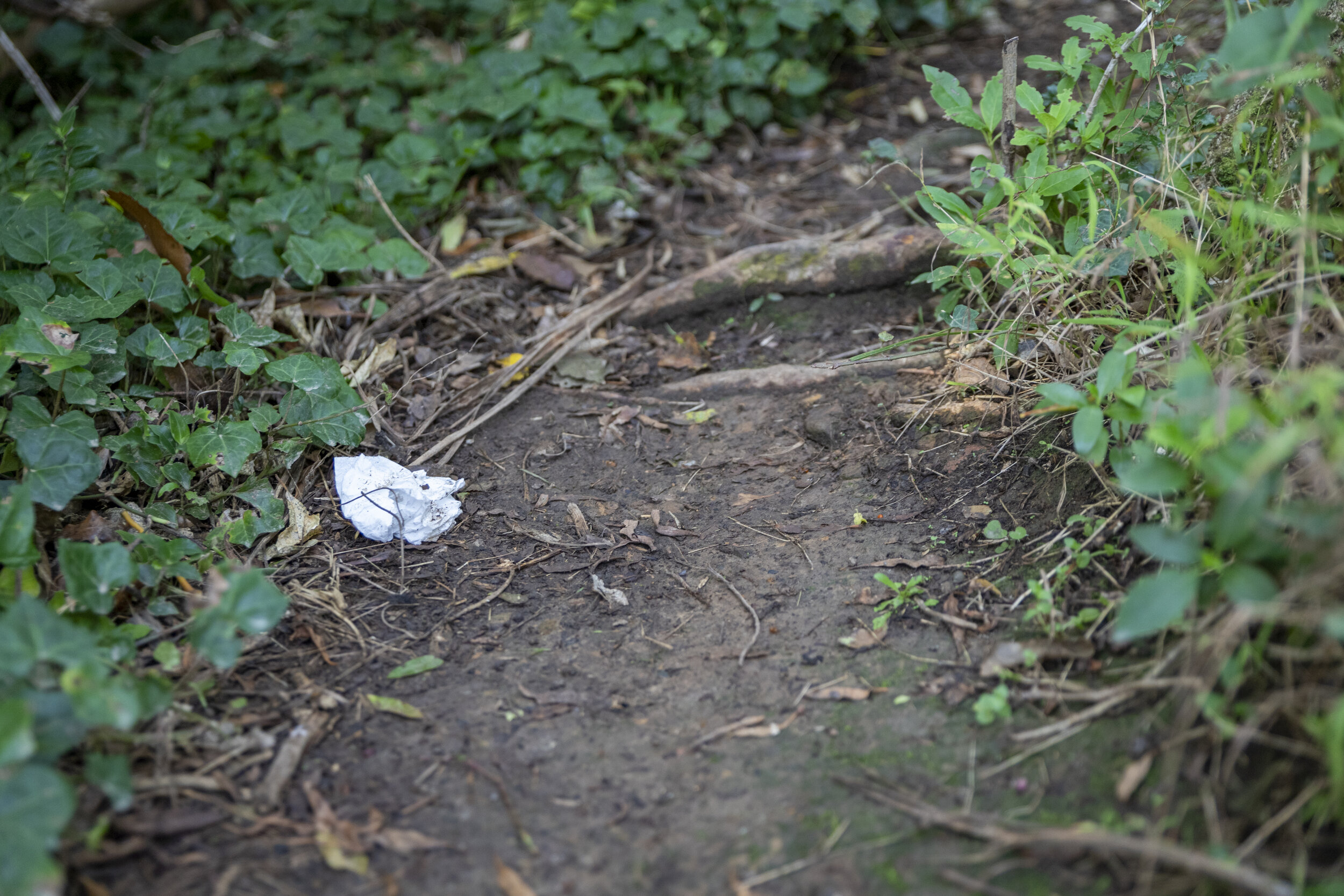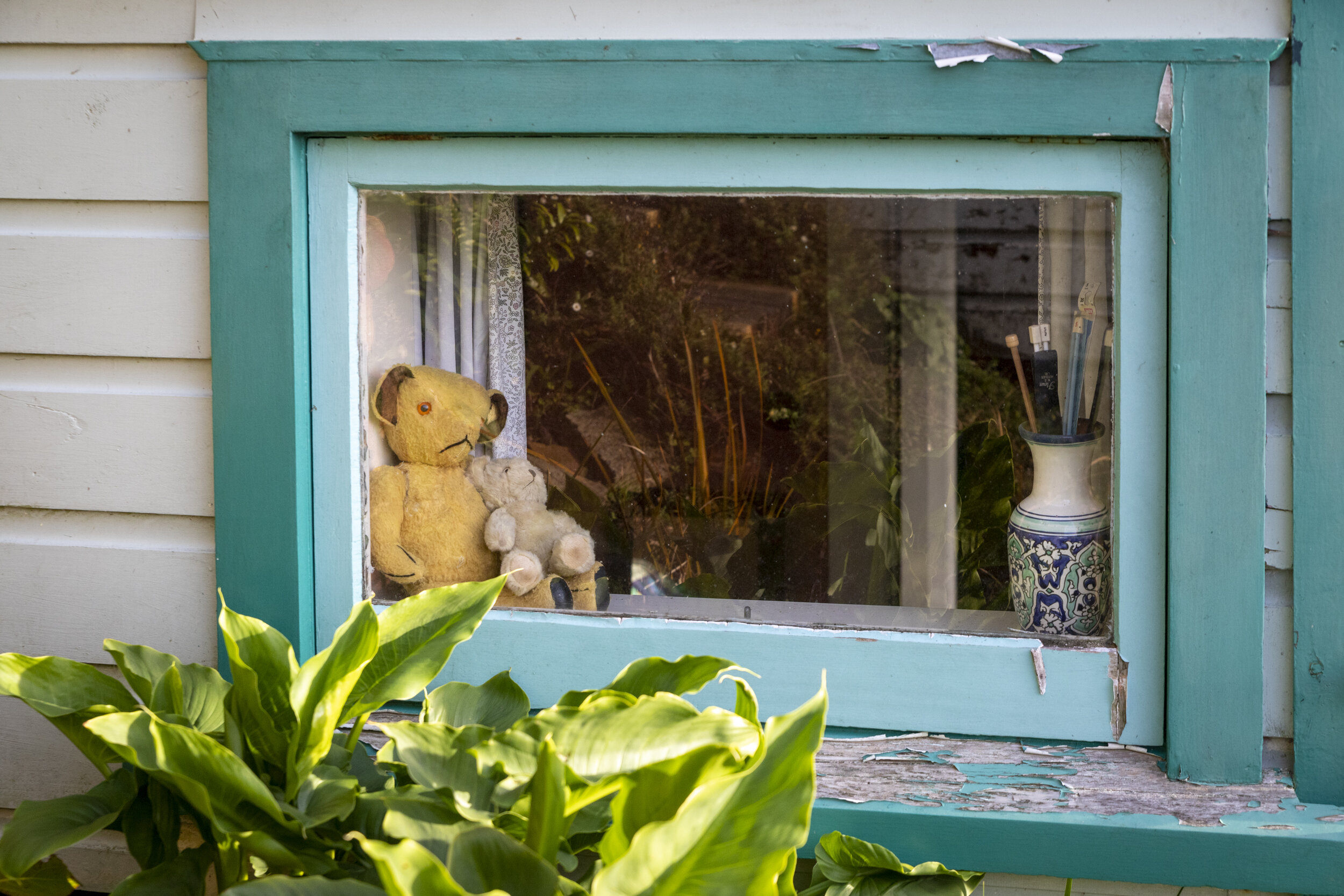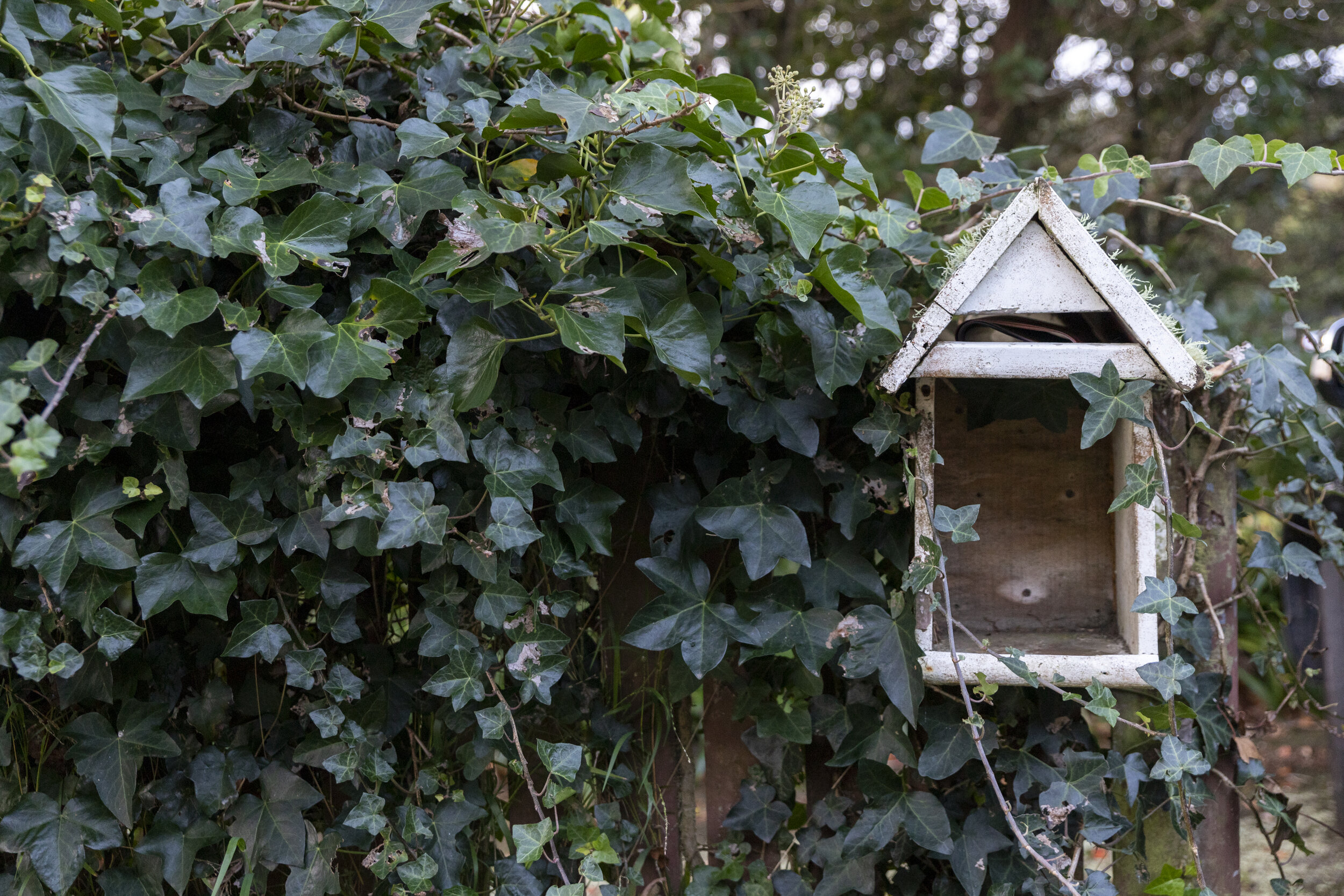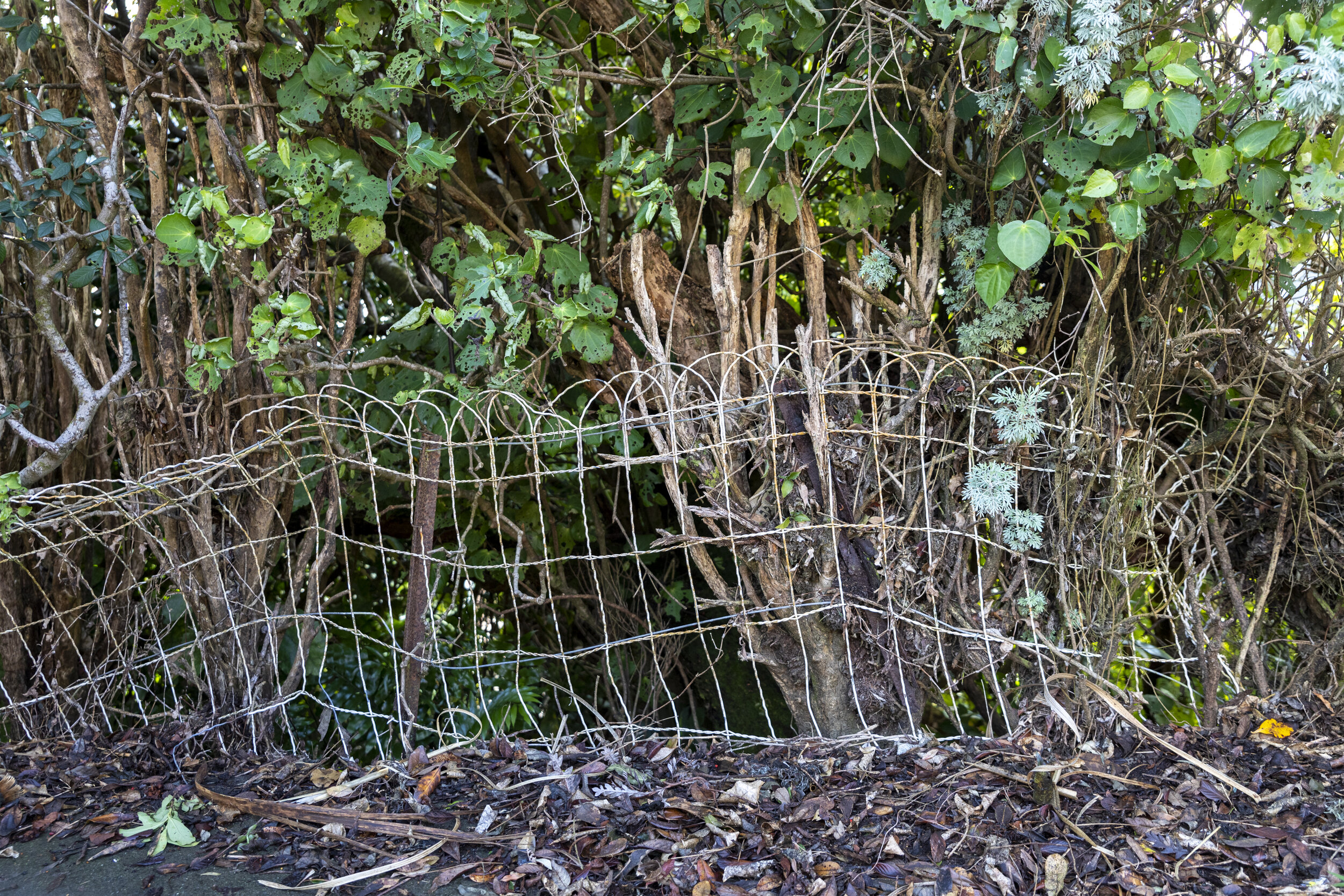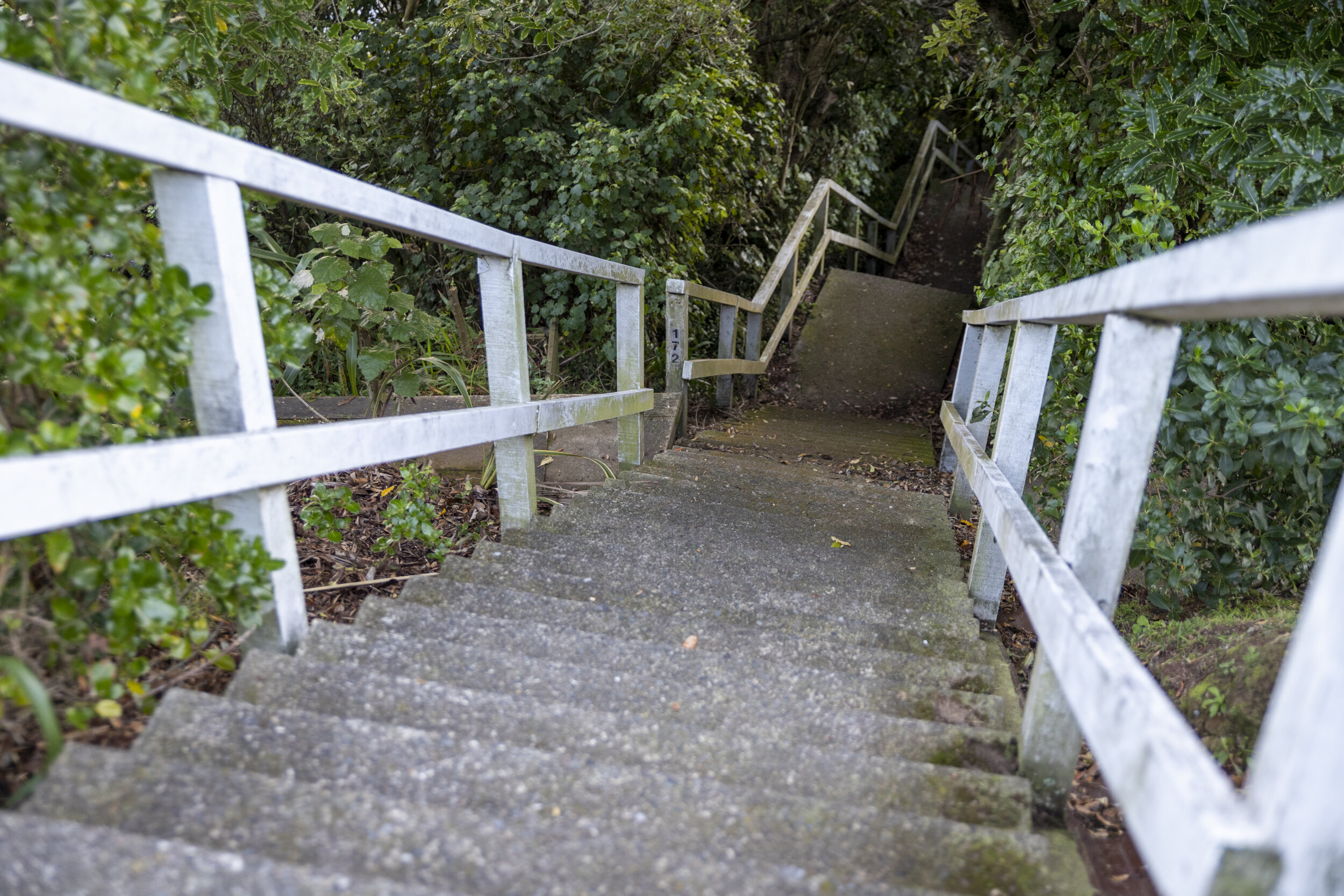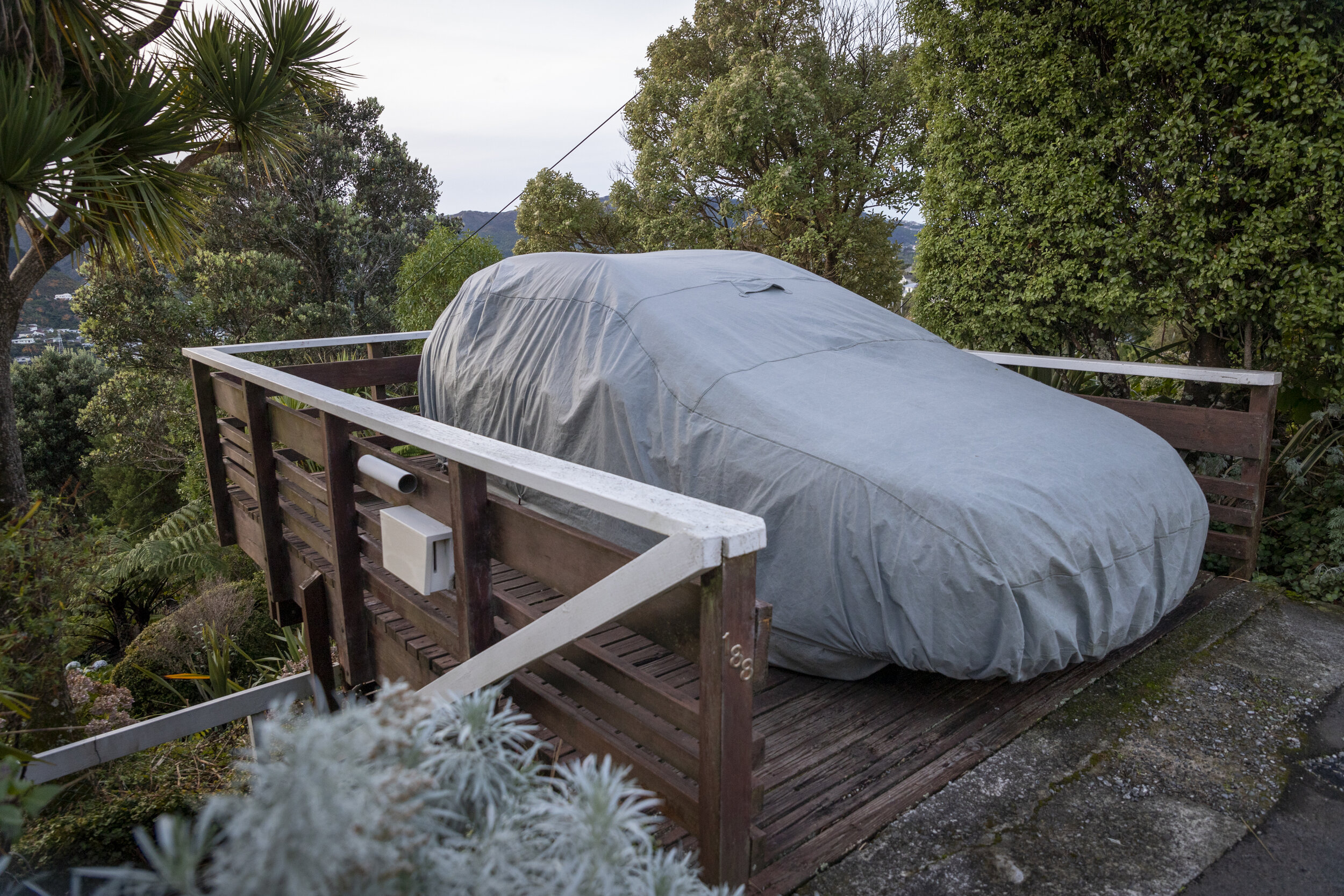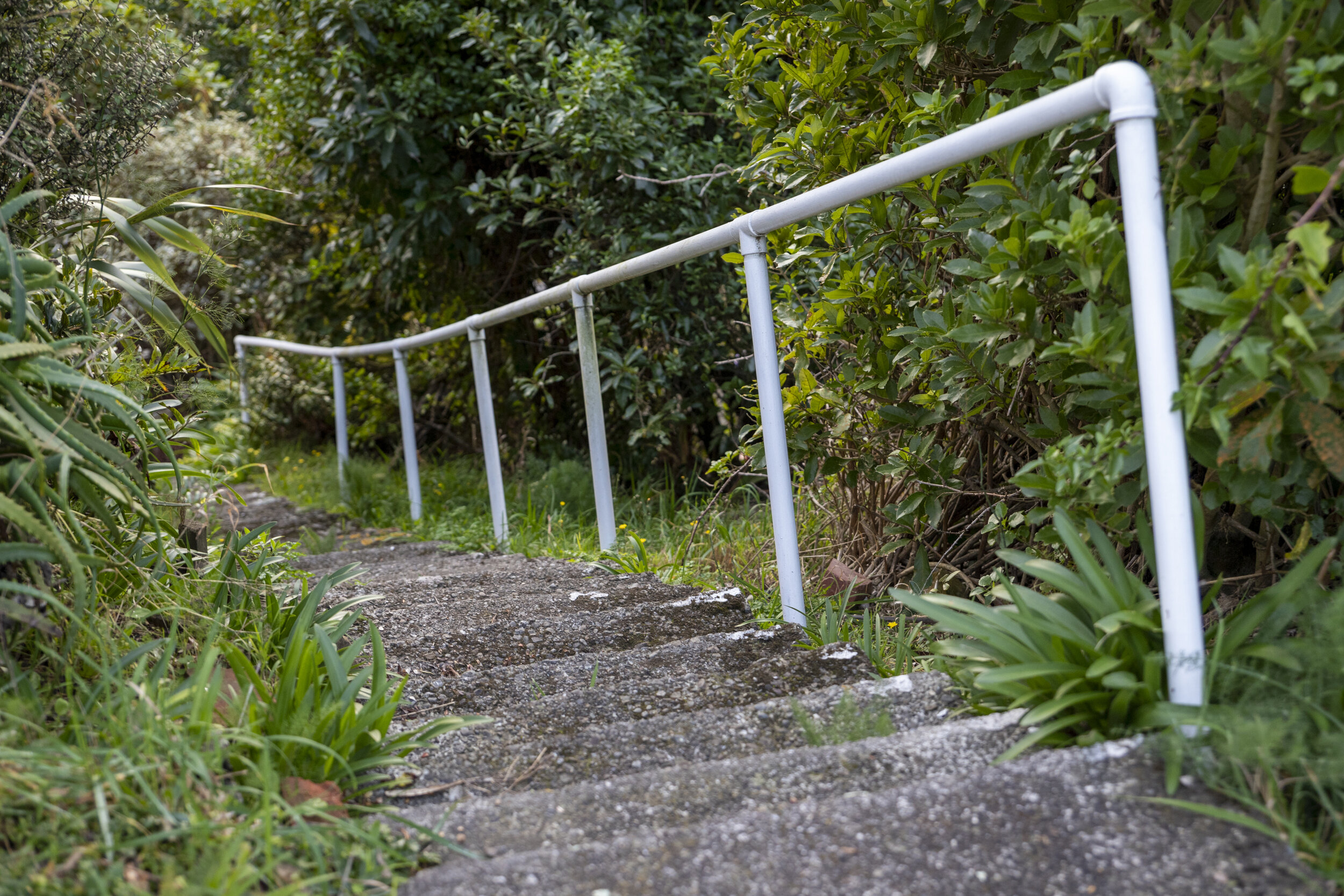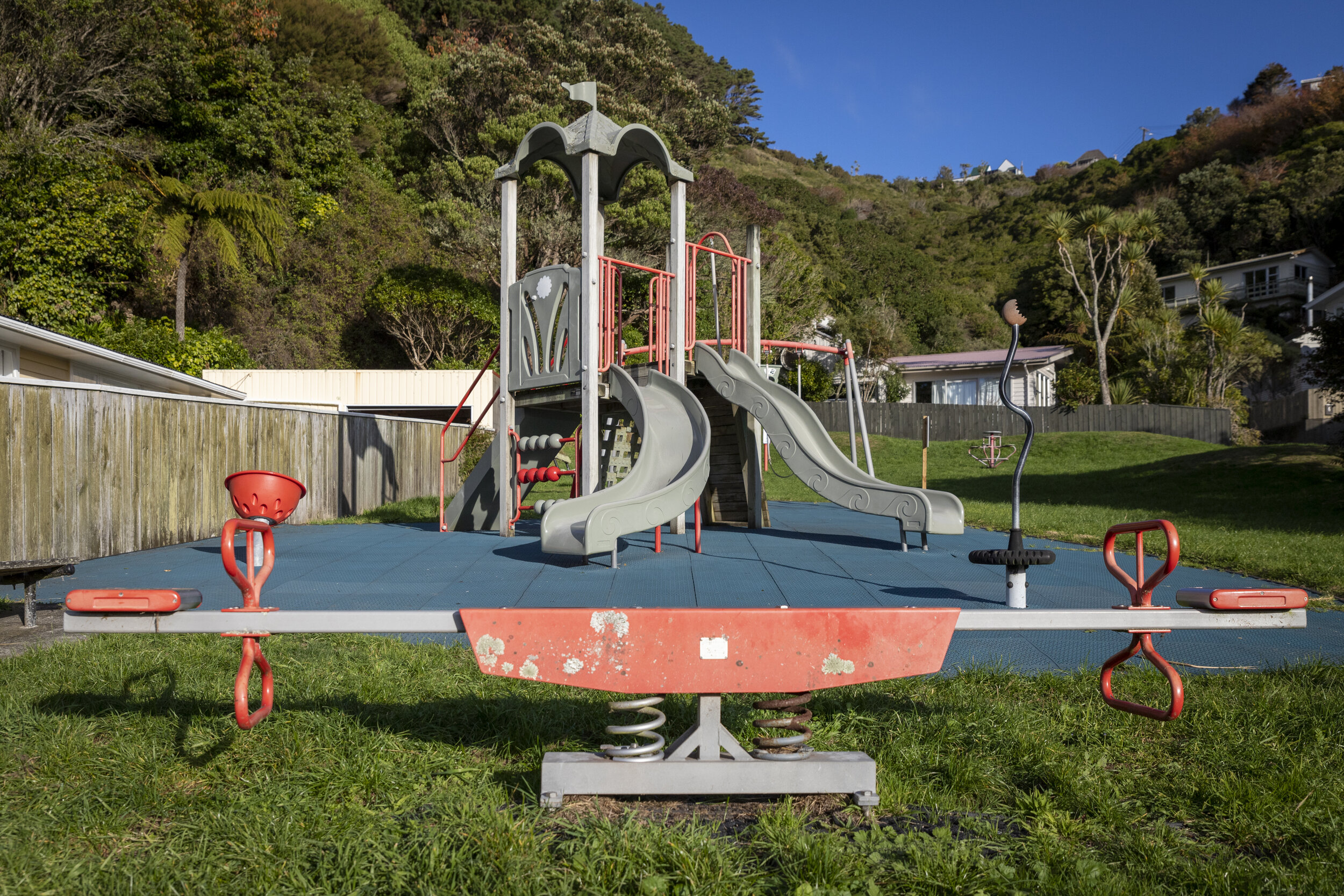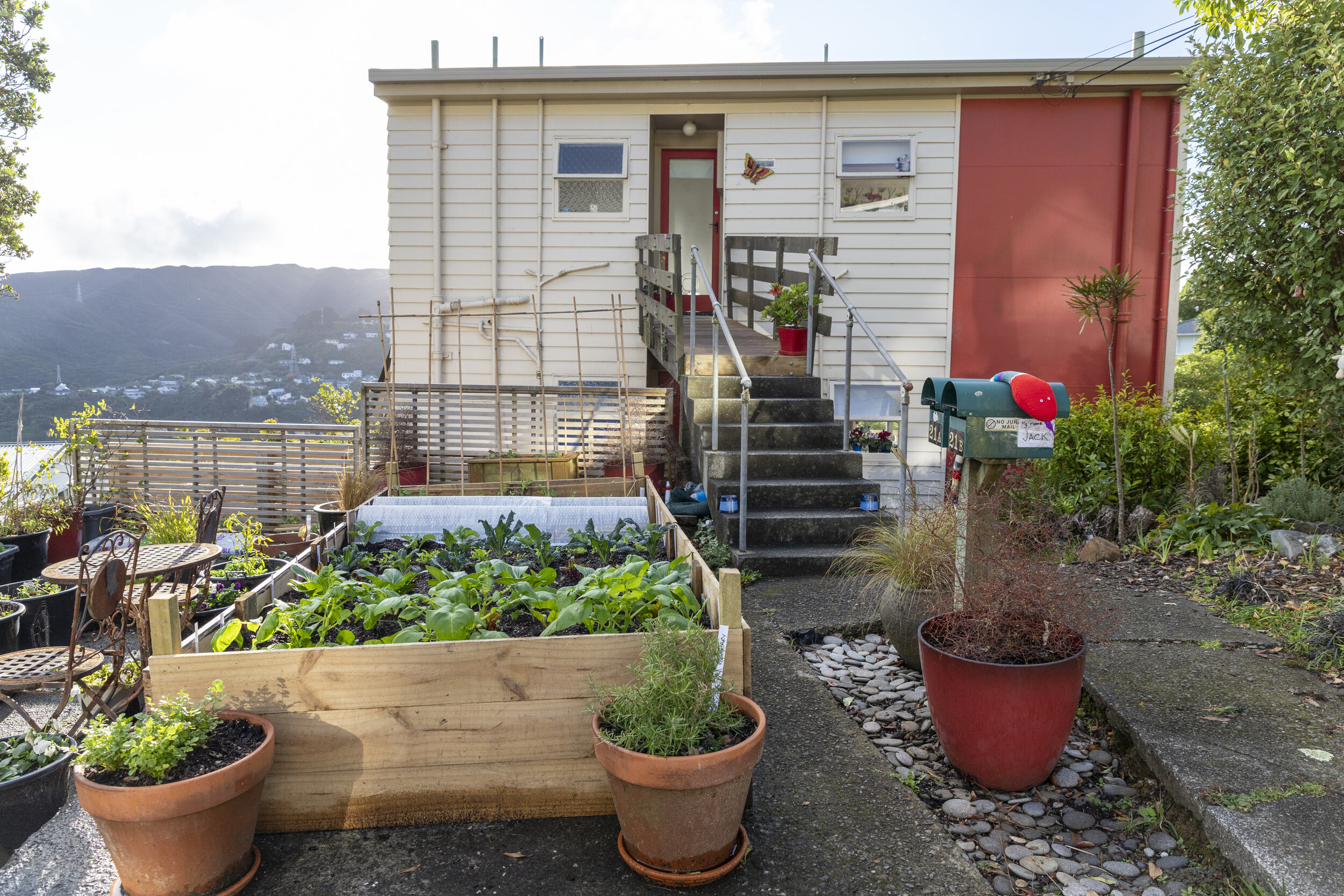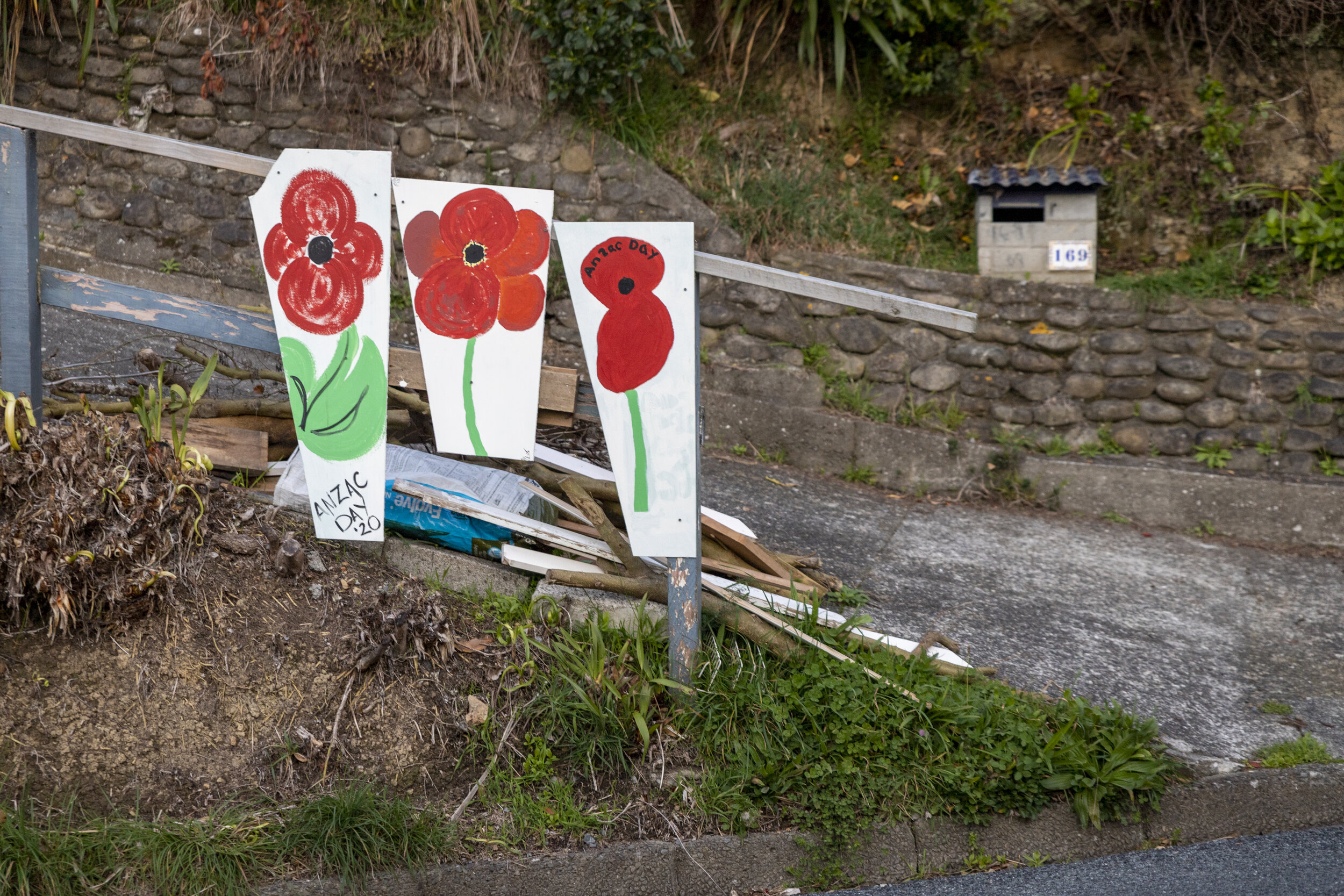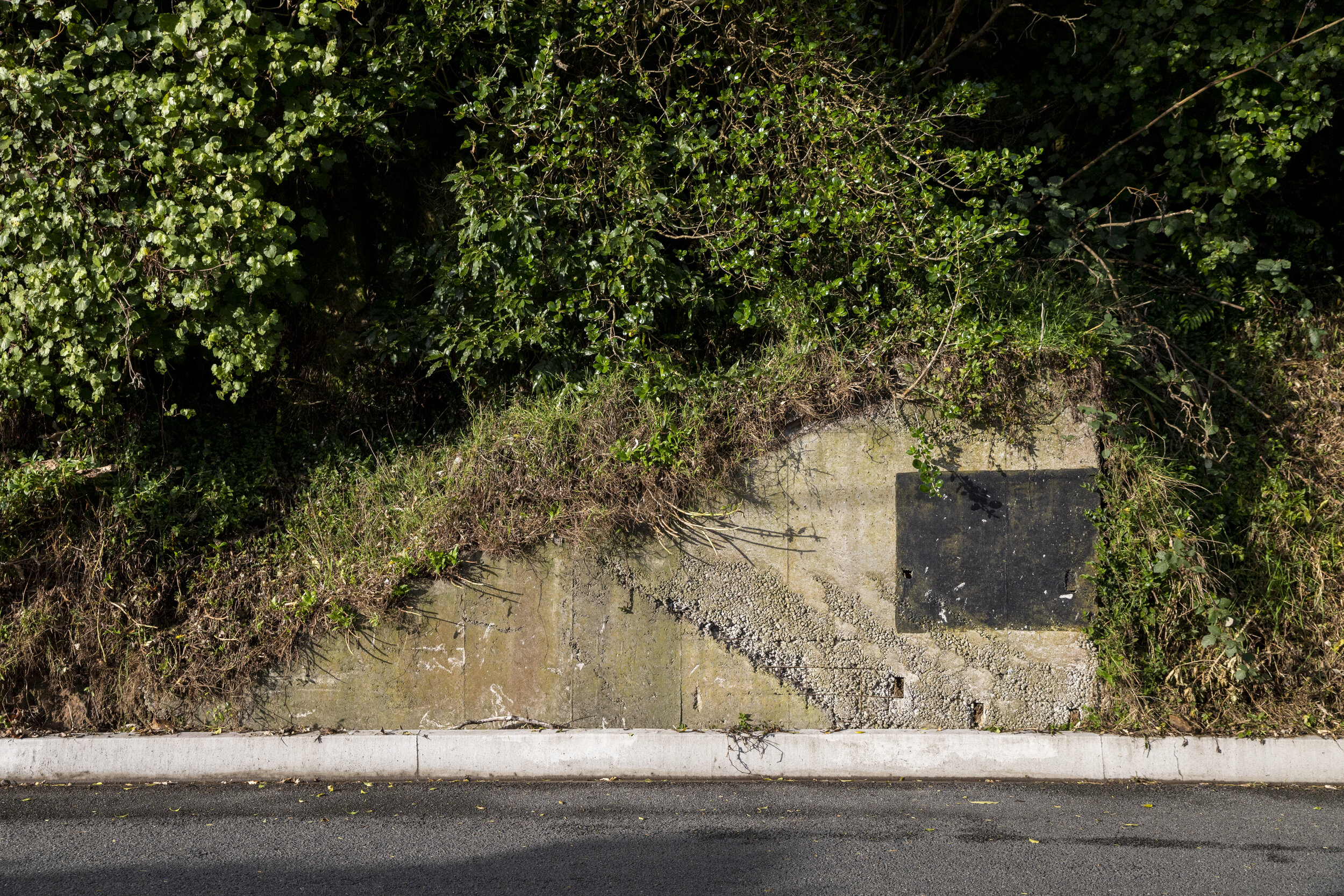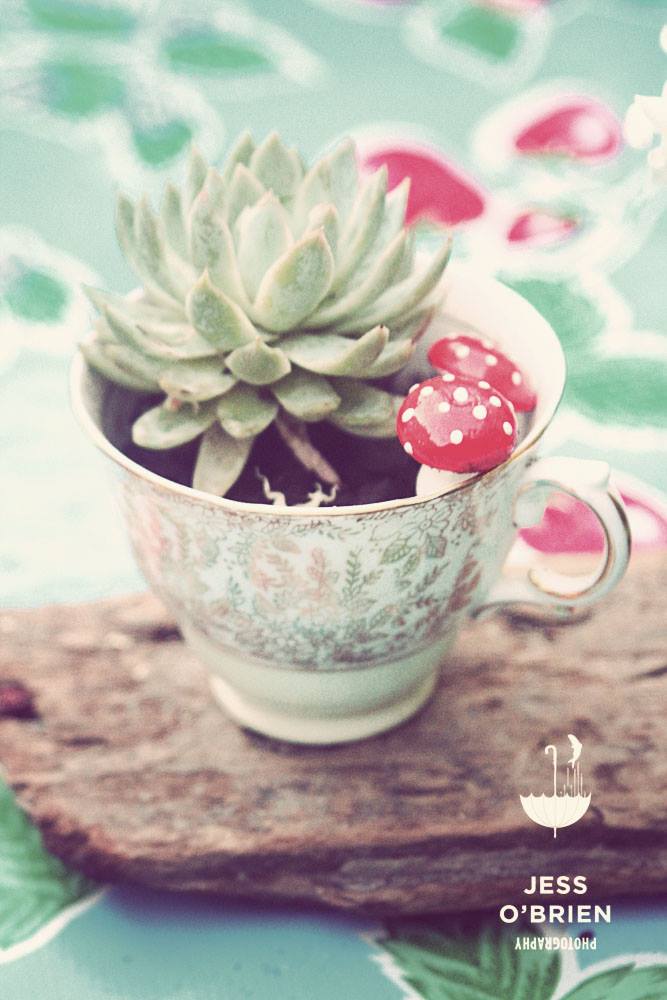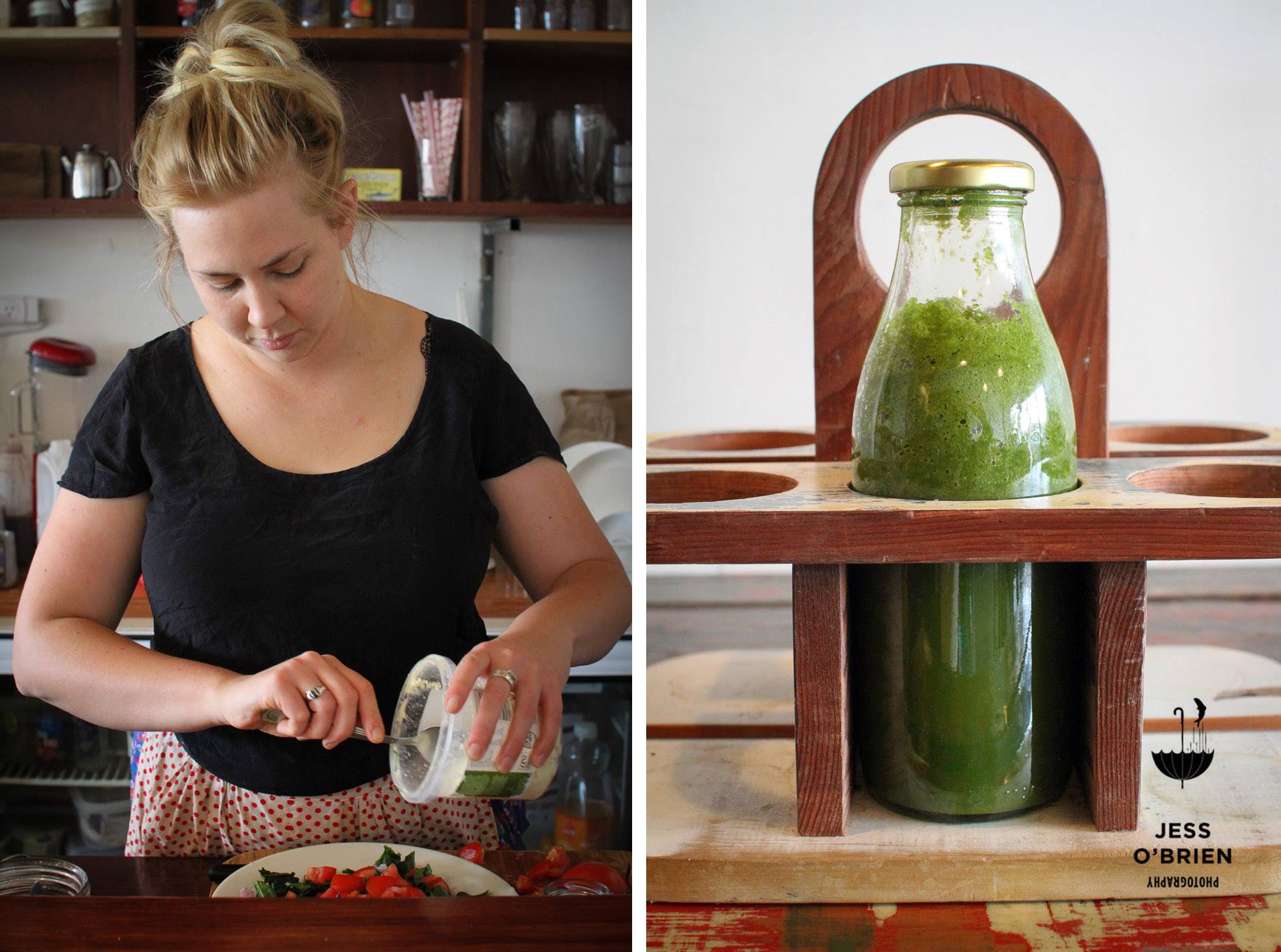I was really unsure of what to expect coming along to this exhibition, and it left me with such an appreciation for the beauty of the slow analogue nature of the studio photographer at the beginning of the twentieth century. I visited with my mother, and it was intriguing noting our different points of fascination in the photographs – she was rather taken with the small details, such as clothing, hair, fashions of the day; and I with the artefacts on the dry plate negatives, the beauty of the photographs, place in time of the painted studio backdrops, the light.
One thing we both fell in love with though, was the feeling that Adam Maclay was a photographer who put his subjects at ease (given the length of time ones sitter had to sit still for said image). There are more than their fair share of easy smiles and relaxed lean-ins in these images – the sitters feel as though they are allowing Maclay access to the private side of their lives. I can imagine him being a well-known personality in his community, much as the local storekeeper or policeman, as is witnessed in his group portraits.
Large group with results of bird hunt
A glimpse into Christchurch life (1890 to 1940)
Looking at photographs in the Alexander Turnbull Library is to eventually come across the collection of Adam Maclay (1873–1955), and to wonder what lies therein. With nearly 7,000 images, to get a sense of his work and recognise the signature of it takes some time.
A typical studio collection of the period in some ways, in others it is marked by Maclay’s knack for creating singular and arresting images. His photographs provide evidence of time and place — Christchurch and region, 1890–1940 —and of subjects such as war, family, sport, picnics, weddings, children.
They show the mechanics of studio portraiture; the backcloth, and the rug or blanket on the ground to stand on. They also show the fashion for the pompadour hairstyle, dressing well, the importance of social occasions, places of work and play, and house pride. It is a collection that summons up a past world in a fashion that conveys its immediacy.
– The National Library, curated by Peter Ireland
Unidentified group portrait of two women and a man on grass slope
Group of unidentified men in front of a tent
Head-and-shoulders portrait of an unidentified woman
Portrait of an unidentified woman wearing a striped jockey's outfit and cap by Adam Maclay. Ref: 1/2-185902-G Alexander Turnbull Library.
An unidentified member of the Christchurch Fire Brigade
Studio unidentified family portrait
Outdoors portrait of unidentified young woman

















